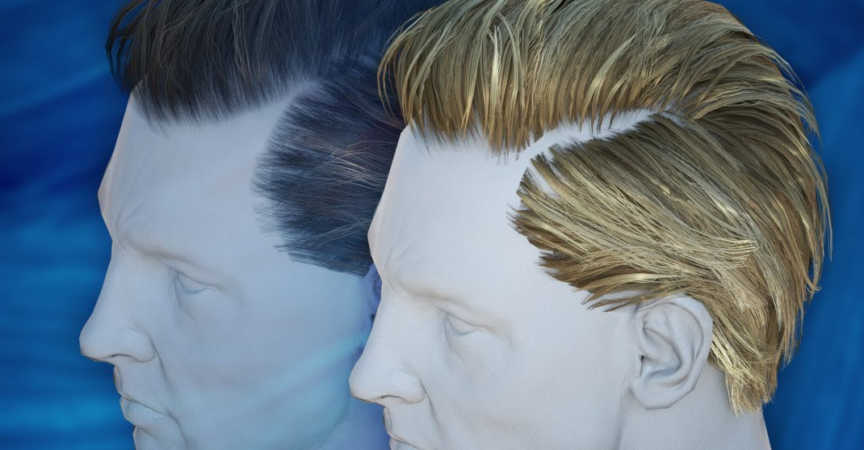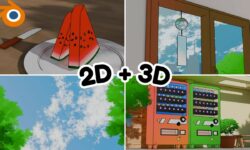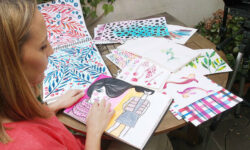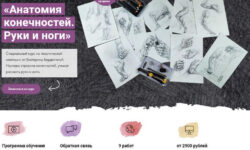Creating Hair Cards for Realtime Characters
Release date:2020
Author:Kent Trammell
Skill level:Beginner
Language:English
Exercise files:Yes
Discover a technique for generating realistic hair styles for realtime application, like video games. This workflow utilizes Blender’s particle hair system along with Bezier curves to deliver a non-destructive hair card creation and grooming process. Create AAA hair like the pros!
Hair in modern games is more impressive than ever. By mapping hair textures to a bunch of geometric cards, strikingly convincing hair visuals can be achieved. In this course I’ll show you how we can accomplish such hair with Blender.
Here’s what you will learn.
1. Analysis & Planning – Before diving into a creative process, it’s important to inform yourself about what you’re trying to create. In this case we’re going to study several angles of a similar hair style to diagnose what’s going on. That way we can formulate a plan so we can hit the ground running once inside Blender.
2. Hair Card Texture Creation – The first thing we’ll do in Blender is create our hair card texture map using particle hair. The benefit with this is that we can both manually and procedurally generate believable hair in texture form. Also, we can go back and easily tweak it later if need be. Here’s to non-destructive workflows!
3. Grooming – This stage take the most amount of time: Populating and shaping hair cards on to your character’s head. We will utilize Blender’s bezier curves to create and manipulate hair cards, which is far simpler compared to mesh modeling. By breaking down the hair style into 4 layers, the workflow becomes more manageable.
4. Export Preparation – While bezier-based cards are great for modeling, they’re not export-friendly. So we’ll need to convert them to a combined polygonal mesh for easy export. And we’ll test the export by uploading to sketchfab.





 Channel
Channel





